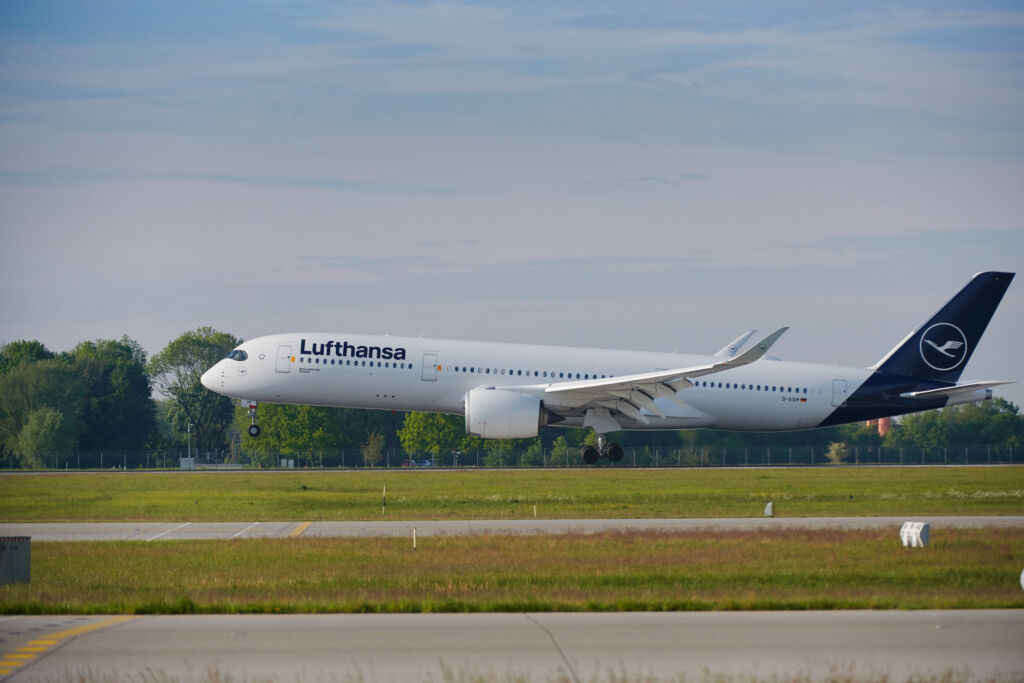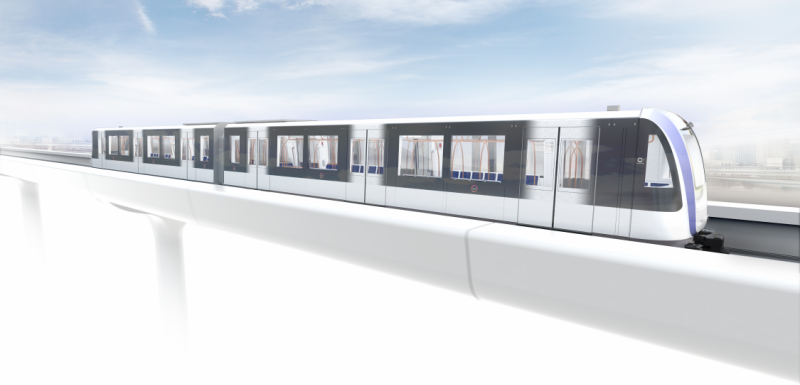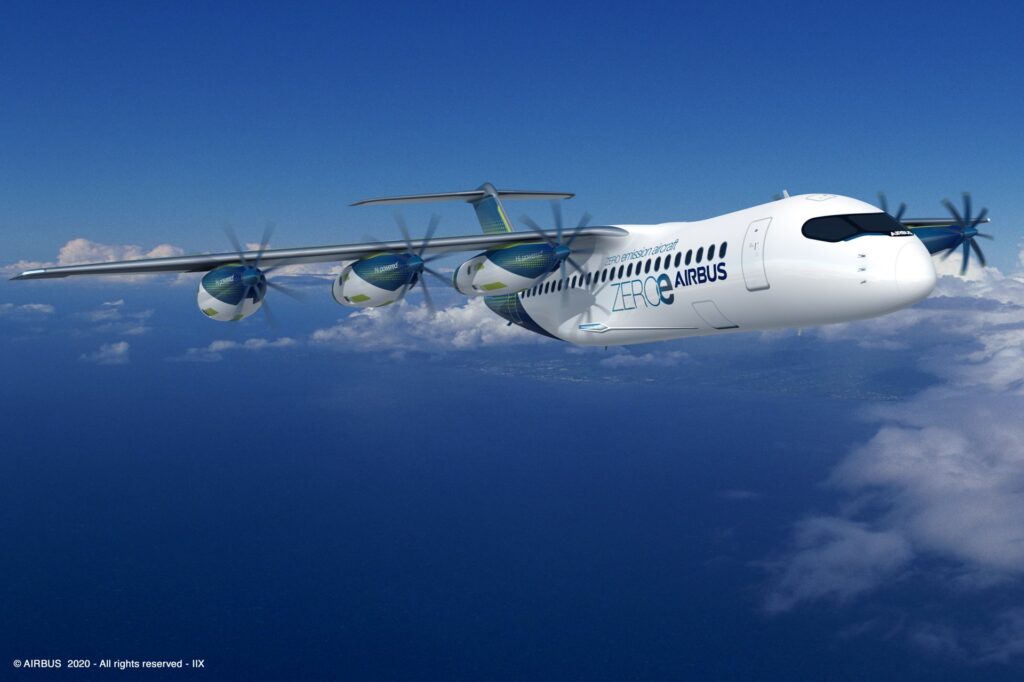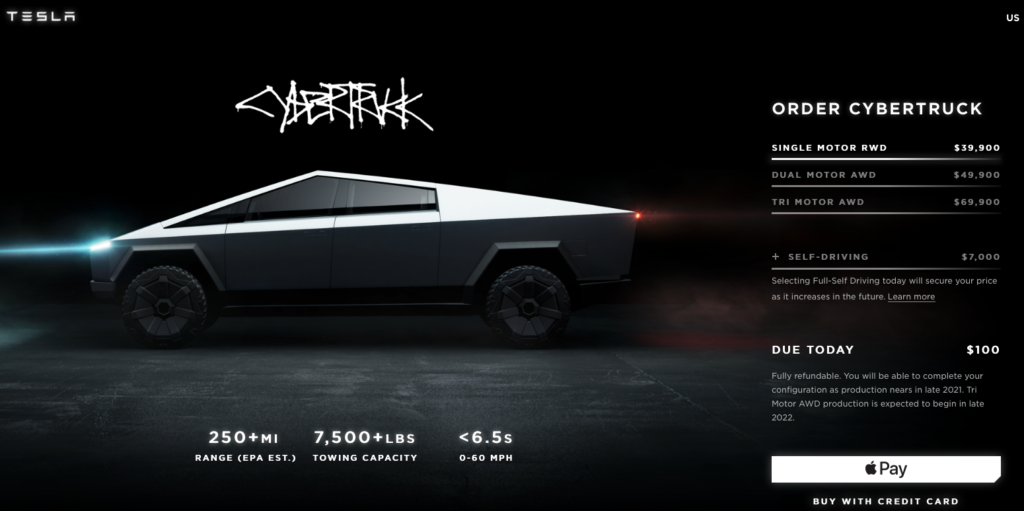Lufthansa to Operate A350-900 Flight from Hamburg to the Falkland Islands
On February 1, 2021, Lufthansa will be departing on the longest passenger flight in the history of its company, marking one of the most unique flights the airline has ever carried out. On behalf of…



